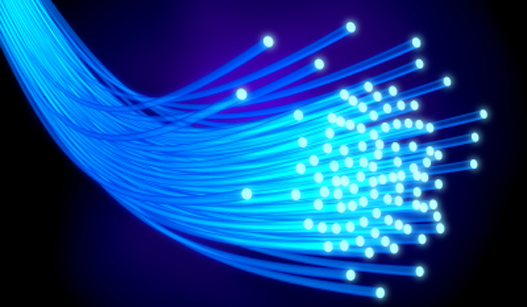Optical cables – the ideal cables for indoor and outdoor use

Fibre optic cables, also called optical fibres or optical cables are new transmission media featuring higher speed. Relatively expensive, these cables are gaining popularity with the growing usage of high-speed applications. Optical Fibres can operate at a speed of 1 Gbps or more and consist of sheaf of optical fibres, each carrying different information in the form of light waves known as pulses. The optic fibres can be made of transparent plastic or glass surrounded with various insulation materials form protection from potential mechanical damage.
Optic fibres can transmit any kind of information like data, voice, video, etc. making them suitable for all applications. The main advantages of fibre optic cables are:
-
Higher transferring speed – up to 40 gigabits per second in single mode cables;
-
Higher capacity;
-
Provides greater security of the transferred information – because information is transmitted via light pulses, they can not be tapped;
-
No need to have an electrical connection;
-
They are not affected by electromagnetic interference and the presence of other cables.
Compared to other types of cables, optical fibre cables are more expensive. Main reason is high labor cost as splicing tiny strands of glass or plastic requires special training and highly skilled technicians.
In terms of usage and application, optic fibre cables can be divided into two categories. The first category applies to outdoor application – direct burial in earth or air installation. Cables ussed for outdoor feature additional insulation (against rodents, corrosion, weather changes, etc.) and have high resistance to tension, pressure and humidity. The second type of optic fibre cables are used for indoor installation. They feature less protective insulation, are flexible and easy to apply and designed for installation in buildings.
In terms of the mode of transmission of the signal, optic fibre cables are divided into Single mode and Multi mode. Single mode is also known as axial, because the light travels along the axis of the cable. The single mode optic cable is faster than the multi mode and it is usually used in WAN network. With Multi mode cables, the light pulses enter the glass channel from different angles which means that they constantly reflect, bouncing off the walls of the tube. The multi mode optic cables are used in LAN networks.



